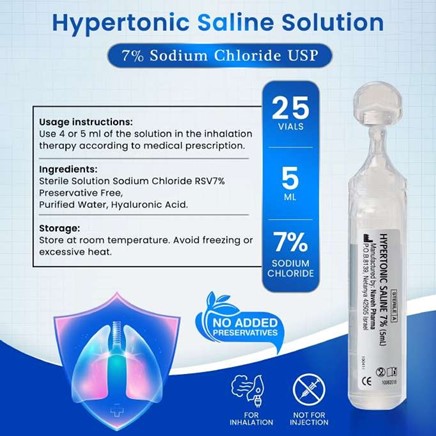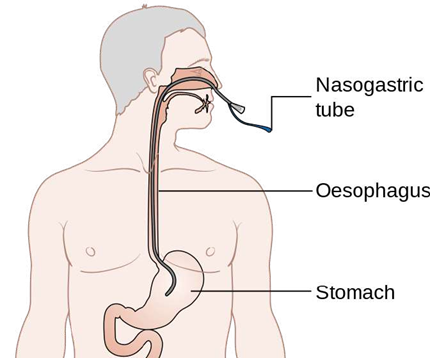What is the formula for calculating the renal clearance?
Clearance = urine flow rate x urine concentration / plasma concentration.
Clearance = urine flow rate x plasma concentration / urine concentration.
Clearance = plasma flow rate x urine concentration / plasma concentration.
Clearance = plasma flow rate x plasma concentration / urine concentration.
The Correct Answer is A
Clearance = urine flow rate x urine concentration / plasma concentration. This is the formula for calculating the renal clearance of a substance that is neither reabsorbed nor secreted by the tubules. Renal clearance is the volume of plasma that would have to be filtered by the glomeruli each minute to account for the amount of that substance appearing in the urine each minute.
Choice B is wrong because it has the urine concentration and plasma concentration inverted.
This would give an incorrect value for renal clearance.
Choice C is wrong because it has the plasma flow rate instead of the urine flow rate.
Plasma flow rate is not directly related to renal clearance.
Choice D is wrong because it has both the plasma flow rate and the urine concentration and plasma concentration inverted.
This would give an incorrect value for renal clearance.
Normal ranges for renal clearance vary depending on the substance, age, sex, and body size.
For example, the normal range for creatinine clearance is 85-125 mL/min for males and 75-115 mL/min for females.
Nursing Test Bank
Naxlex Comprehensive Predictor Exams
Related Questions
Correct Answer is B
Explanation

This is because hyponatremia is a condition where sodium levels in your blood are lower than normal, usually due to too much water in your body that dilutes the sodium. A hypertonic saline solution is a fluid that has a higher concentration of sodium than blood, and it can help restore the normal sodium balance by drawing water out of the cells.
Choice A is wrong because restricting fluid intake may not be enough to correct severe hyponatremia, and it may worsen the symptoms of dehydration.
Choice C is wrong because encouraging increased fluid intake will further lower the sodium levels and increase the risk of complications such as brain swelling.
Choice D is wrong because administering a loop diuretic will cause more sodium and water loss from the kidneys, which can worsen hyponatremia and dehydration.
Normal ranges for blood sodium levels are between 135 and 145 milliequivalents per liter (mEq/L).
Hyponatremia is defined as a blood sodium level below 135 mEq/L1.
Correct Answer is D
Explanation

Nasogastric suction removes gastric secretions that contain potassium, leading to a loss of potassium from the body. This can cause hypokalemia, which is a low level of potassium in the blood.
Choice A is wrong because Addison’s disease causes hyperkalemia, which is a high level of potassium in the blood.
Choice B is wrong because tissue damage can release potassium from the cells into the blood, causing hyperkalemia.
Choice C is wrong because uric acid level is not related to potassium level.
Uric acid is a waste product of purine metabolism that can cause gout or kidney stones if elevated.
Whether you are a student looking to ace your exams or a practicing nurse seeking to enhance your expertise , our nursing education contents will empower you with the confidence and competence to make a difference in the lives of patients and become a respected leader in the healthcare field.
Visit Naxlex, invest in your future and unlock endless possibilities with our unparalleled nursing education contents today
Report Wrong Answer on the Current Question
Do you disagree with the answer? If yes, what is your expected answer? Explain.
Kindly be descriptive with the issue you are facing.
